EDIT: added flex-direction: column, missed it in the initial code.
When the child has overflow:auto and the parent has overflow:auto, the scrollbars appear on the child.
But when overflow:auto is removed from the parent, the scrollbars appear on the grand-parent .
html,
body {
height: 100%;
width: 100%;
overflow: hidden;
font-family: "Roboto", sans-serif;
}
body {
margin: 0;
padding: 0;
}
.App {
display: flex;
height: 100%;
}
.grand-parent {
display: flex;
flex-direction: column;
background: red;
overflow: auto;
padding: 20px;
}
.parent {
display: flex;
overflow: auto;
padding: 20px;
background: green;
}
.child {
overflow: auto;
font-size: 156px;
}<div class="App">
<div class="grand-parent">
<div class="parent">
<div class="child">
Some content which grows bigger
</div>
</div>
</div>
</div>Why is that? I would still expect the scrollbars to appear on the child. How is the browser layout algorithm working here?
EDIT:
weirdly enough, the behavior seems to depend on the grand-parent having flex-direction: column. It works as I expect when flex-direction: row
tested on Chrome 75, firefox 67
This seems to have something to do with flex-direction on the grand-parent, if flex-direction is row, the horizontal scroll shows this behavior, if flex-direction is column, the vertical scroll shows this behavior
EDIT: On further experiment, If we set min-height: 0 on parent, it behaves as expected, so this issue might be similar to
https://moduscreate.com/blog/how-to-fix-overflow-issues-in-css-flex-layouts/

